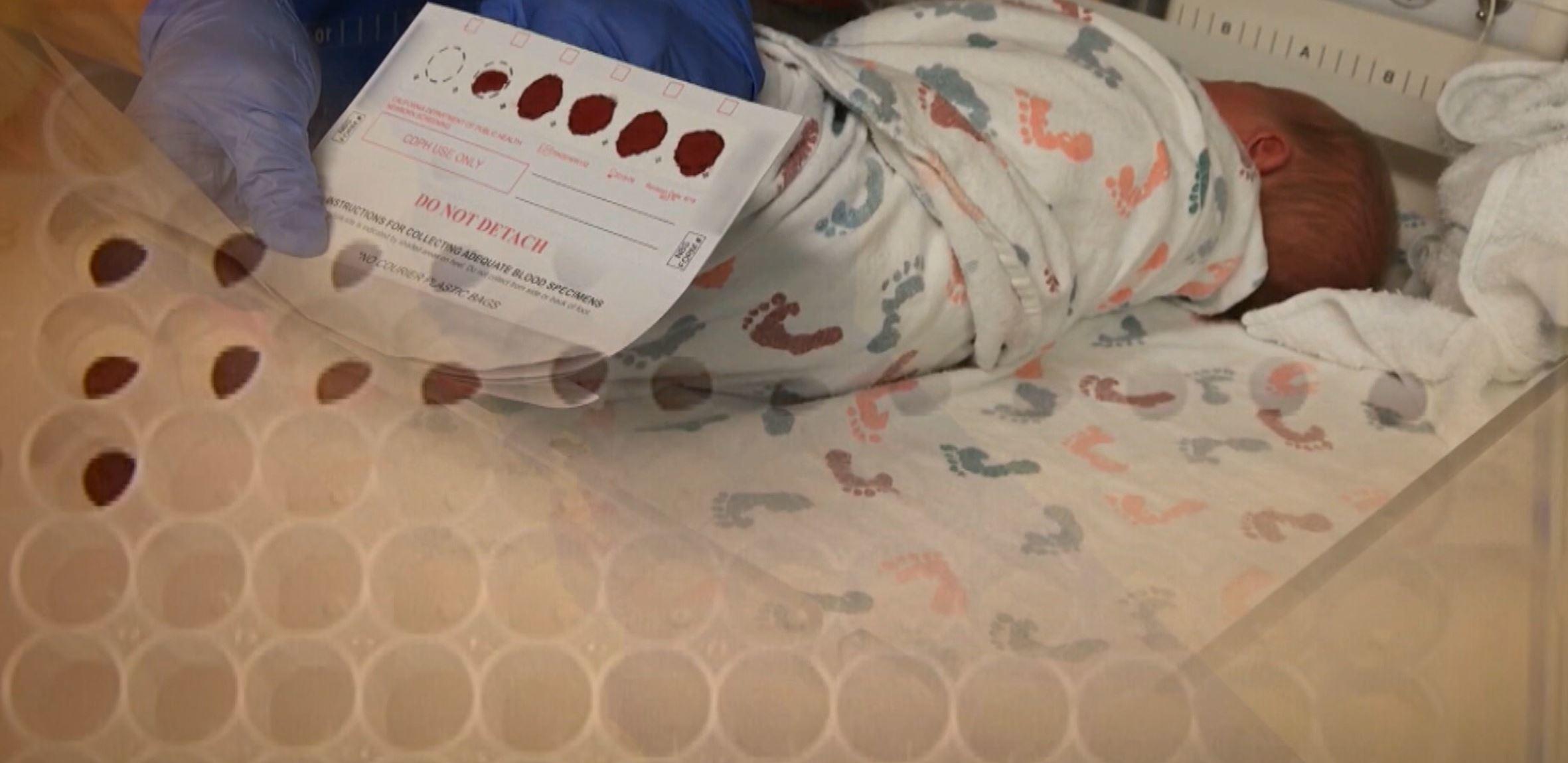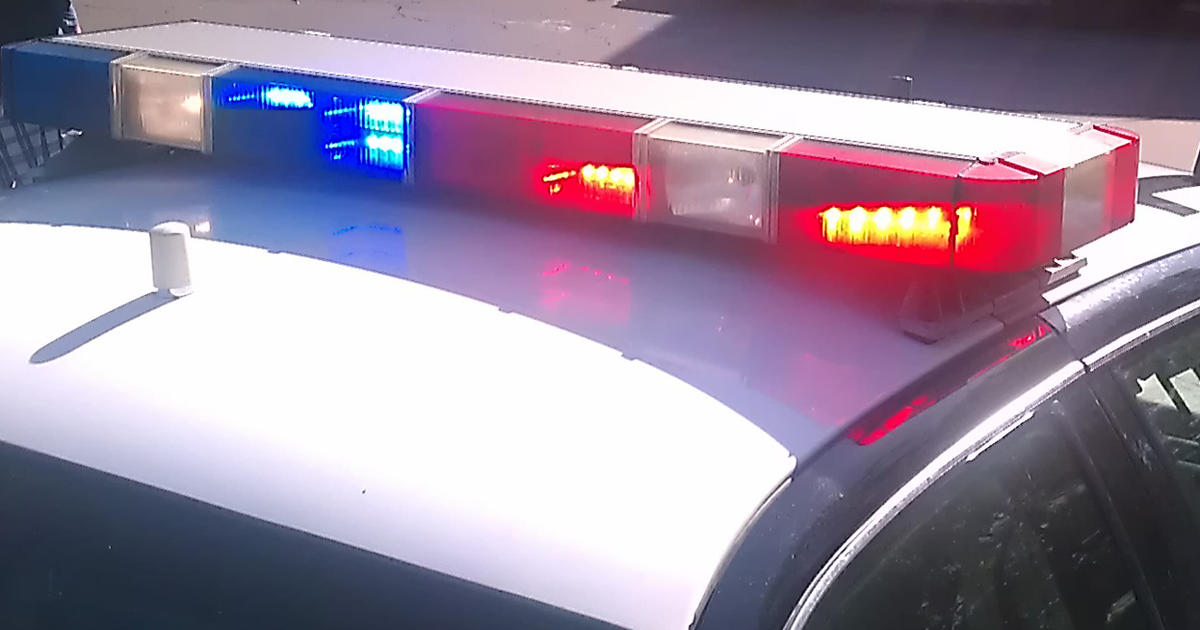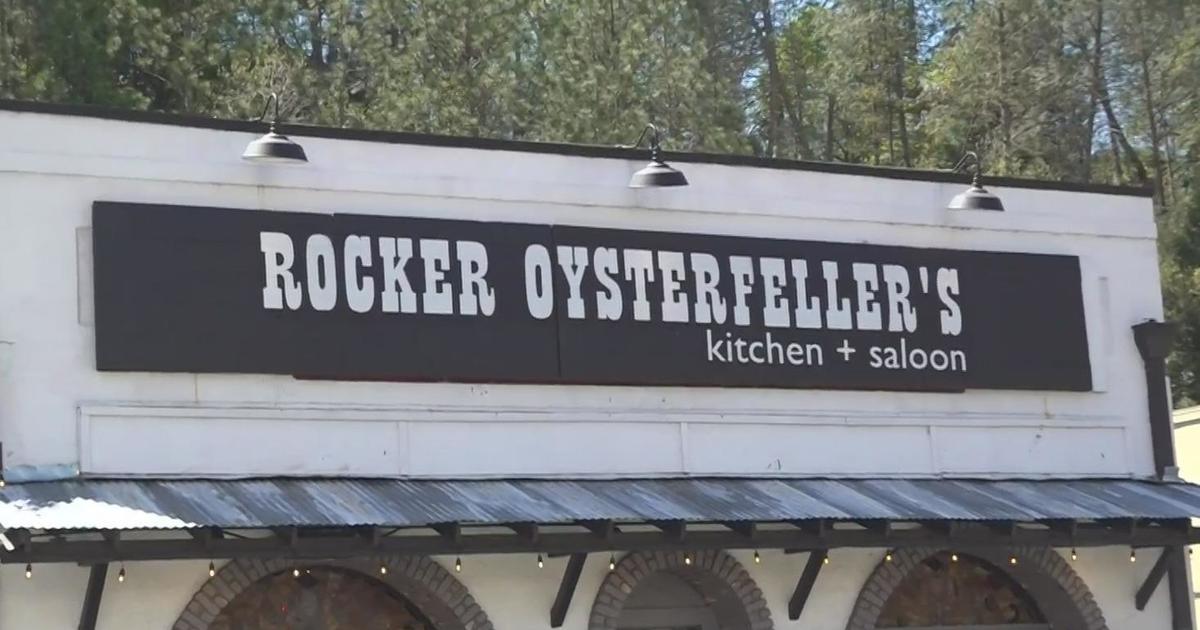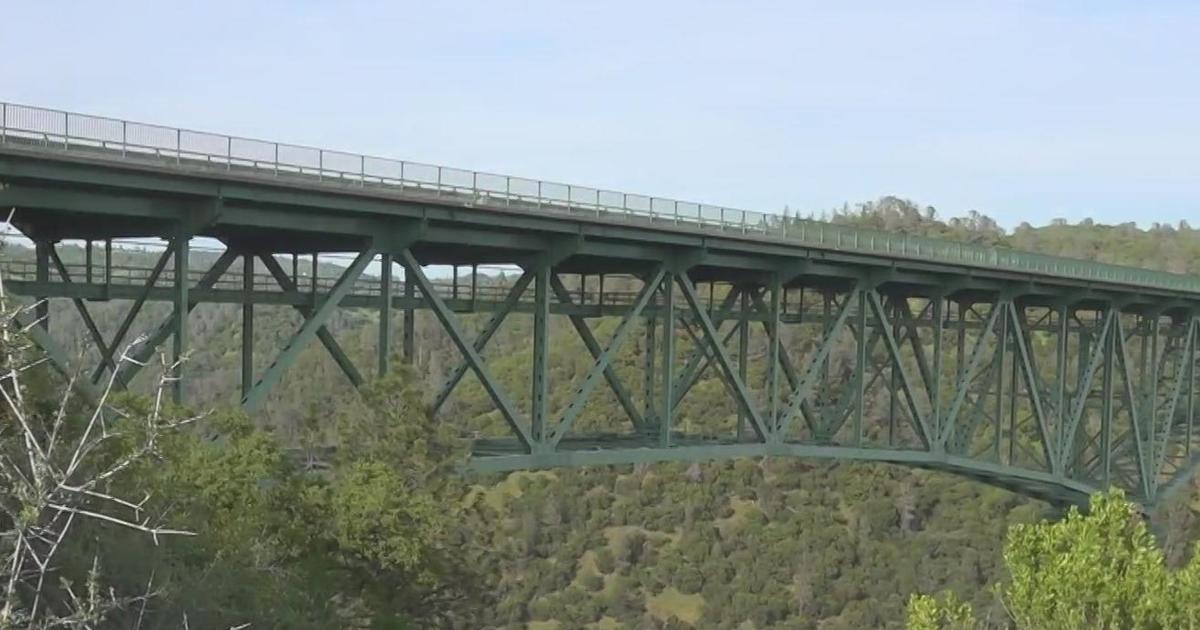Food Assistance Available In Counties Hardest Hit By California Drought
YOLO COUNTY (CBS13) —Families in areas hardest hit by California's drought are getting some much-needed help as part of the state's $687 million drought relief bill.
Yolo County is able to put some of that money to use by feeding families in need.
"Most of us here in town, they work on the fields, and they depend on the season," said Claudia Covorrubias.
INFO: Drought Food Assistance Program Fact Sheet
But she says this season, the drought is taking its toll, and her husband is out of his usual farm work. It's a familiar story in Yolo County.
"We need the water," she said. "If there's no water, there's no planting. So if there's no planting, there's no food."
The need was seen by state leaders who set aside $25 million in the recent drought bill to help feed families like hers. The money is being spent on boxes going to food banks from 24 of the hardest hit counties where unemployment and agricultural work is higher than the state average.
COUNTIES AFFECTED
- Amador
- Butte
- Colusa
- Fresno
- Glenn
- Kern
- Kings
- Lake
- Lassen
- Madera
- Merced
- Modoc
- Monterey
- San Benito
- San Joaquin
- Santa Cruz
- Sierra
- Siskiyou
- Stanislaus
- Sutter
- Tehama
- Tulare
- Yolo
- Yuba
The Yolo County Food Bank began handing out more than 5,600 boxes of donations at two locations on Monday. The boxes include nonperishable, nutritionally balanced food that can last four or five days for a family of four.
Families qualify if the drought has caused them to be under- or unemployed.
"It's all on an honor system," said Stephanie Sanchez. "We're really trying to just help out families in need. If they can't prove it, we don't want to have to turn them away."
Emmanuella Eliadiazzamora has a daughter and is expecting another child in less than a month. For her, the help is huge.
Drought Food Assistance Program (DFAP) Fact Sheet
DFAP is the temporary program developed in response to Governor Edmund G. Brown Jr.'s Drought Emergency Declaration in January 2014. DFAP is designed to provide food assistance to drought-affected communities that suffer high levels of unemployment.
State Funding for the DFAP is part of the $687 million drought relief package signed by the Governor on March 1, 2014. SB 103 provides up to $25 million to the California Department of Social Services (CDSS) for the drought food assistance effort.
Distribution of the DFAP food will begin in May. DFAP food initially will be provided by the California Emergency Foodlink, the non-profit CDSS contractor which normally purchases and distributes USDA food statewide. During the first phase of drought food assistance, Foodlink will procure, pre-package and distribute DFAP food boxes to food banks in those counties identified by the Governor's Drought Task Force as being the most severely affected by the drought. These food banks will need to have their DFAP drought action plan approved by CDSS in order to receive this assistance.
Drought Conditions already have led to 21 counties being designated as exceptionally affected and another 35 counties being designated as extremely affected by the drought. These designations reflect available water as measured by indicators such as topsoil moisture, vegetation, snow water content, river basin precipitation, surface water supply, and groundwater stores. Highly agriculture-dependent areas facing exceptional or extreme drought will have reduced farm related employment, leading to greater economic distress and a need for food assistance.
Counties Receiving DFAP are those with unemployment rates that were above the state-wide average in 2013 and which have a higher share of agricultural workers than California as a whole. For 2013, the average unemployment rate for California was 8.9 percent, and the share of workers employed in agriculture was 2.64 percent.
Identified counties include Amador, Butte, Colusa, Fresno, Glenn, Kern, Kings, Lake, Lassen, Madera, Merced, Modoc, Monterey, San Benito, San Joaquin, Santa Cruz, Sierra, Siskiyou, Stanislaus, Sutter, Tehama, Tulare, Yolo, and Yuba. This list is subject to change as more information about drought impacts becomes available during 2014, including the results of a University of California, Davis study that is currently underway to help define and identify the economic impacts of the drought.
Community Outreach is a significant feature of DFAP. Participating food banks will inform affected households of the location and availability of DFAP food distributions. Food banks are expected to collaborate with other local community organizations that may be engaged with these families. Eligible households with longer-term needs also will be offered information and assistance in applying for CalFresh which is a federal program designed to help children and needy families access to healthier food.
Household DFAP Eligibility is based on a self-certification process requiring recipients to identify themselves as the head of a household in an affected community where the household's unemployment or underemployment is directly related to the drought.
DFAP Food Boxes are prepackaged, weigh approximately 25 pounds and contain nutritionally balanced, non-perishable food, designed to provide food for a household of four people for about five days. Contents of the food box include:
- Apple Sauce
- Carrots
- Green Beans
- Whole Kernel Corn
- Whole Tomatoes
- Tomato Sauce
- Vegetable and Chicken Noodle Soup
- Peanut Butter
- Pinto Beans
- Rice
- Spaghetti
- Oatmeal
Individual food banks may be able to supplement the food boxes with produce and other food items, if available.
Source: State of California Health and Human Services Agency, Department of Social Services



